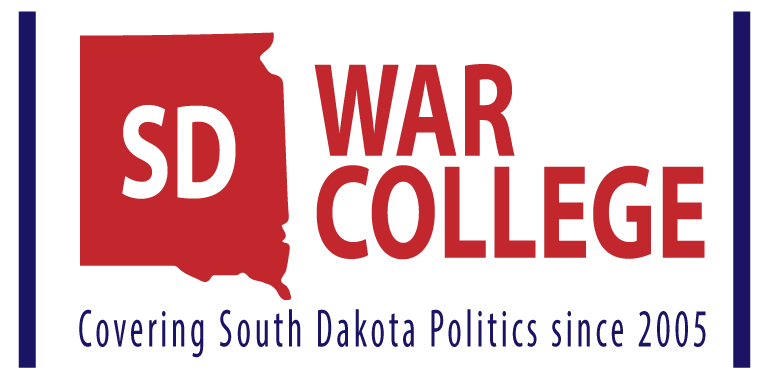Veterans, Patients and Pharmacists Call Out IM26 as Deceptive, Misleading and Costly
Ballot measure could increase prescription costs and limit access to needed medications
Sioux Falls, SD (April 11, 2018) – Veterans, patient groups and pharmacists are uniting against IM26, which was validated by the Secretary of State on Wednesday and will appear on the November 2018 ballot.
IM26 would force the state of South Dakota to redesign the way it pays for prescription drugs for state programs like Medicaid by mandating state agencies pay no more than the lowest price paid by the U.S. Department of Veterans Affairs (VA).
Under current practice, the VA negotiates the lowest drug prices for the men and women who have served our country. One unintended consequence of this initiated measure could put veterans at risk by increasing the cost of their prescription drugs. The VA has previously noted that any attempt to expand those discounts to other agencies could put veterans’ prescription drug benefits in jeopardy and ultimately cost the VA as much as $3.8 billion per year.
Furthermore, IM26 is a misleading, vaguely worded and deceptive measure that stands to impose unworkable requirements on the state. In attempting to comply with these requirements, the state could incur new costs and increased bureaucracy, burdening South Dakota taxpayers. As onerous as this ballot issue could be for veterans and taxpayers, it could also increase prescription drug costs for the vast majority of South Dakotans with private or employer-sponsored health plans and Medicare.
IM26 received funding to get on South Dakota’s ballot from the California-based AIDS Healthcare Foundation, which generates 80 percent of its revenue from selling prescription drugs. Led by its controversial CEO Michael Weinstein, AHF funded similar efforts in California in 2016 and Ohio in 2017. With dozens of organizations representing veterans, patients, medical professionals, businesses and taxpayers – along with nearly every newspaper’s editorial page – urging a ‘no’ vote, voters in California and Ohio resoundingly defeated the measures.
Proponents of this deceptive ballot measure, including former Democratic U.S. Senate candidate Rick Weiland, included a section unprecedented in South Dakota law that would give a “committee of individuals responsible for circulating the petition” legal standing, should the ballot measure be challenged in court. Voters deserve to know why this provision was included, who is on this “committee” and why this “committee” should be granted special legal privileges.
Voters will have the opportunity to make their voices heard on IM26 during the general election this November. We encourage them to vote ‘no’ and send a message that out of state interests do not know what is best for South Dakota.
###
PAID FOR BY SOUTH DAKOTANS AGAINST THE DECEPTIVE RX BALLOT ISSUE















